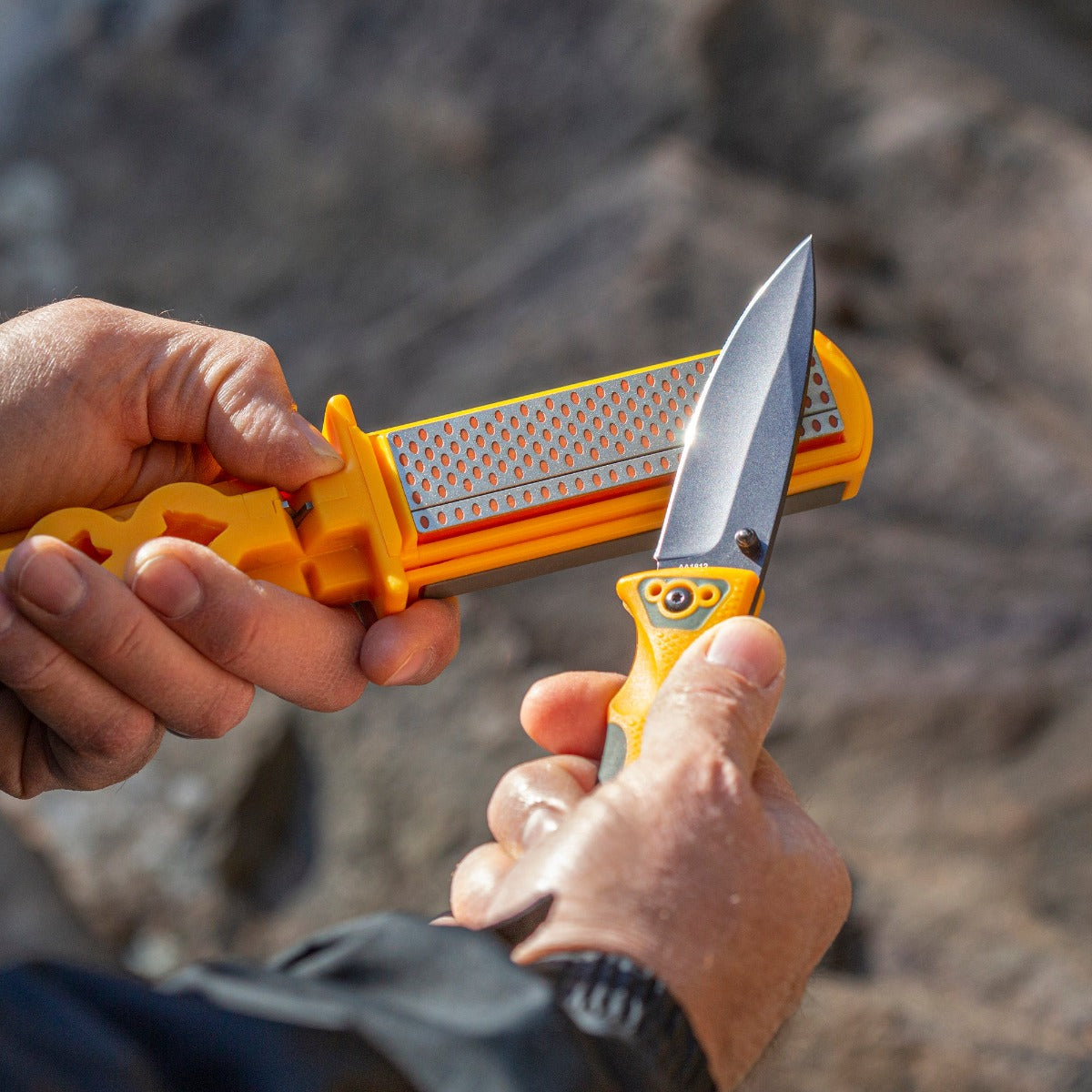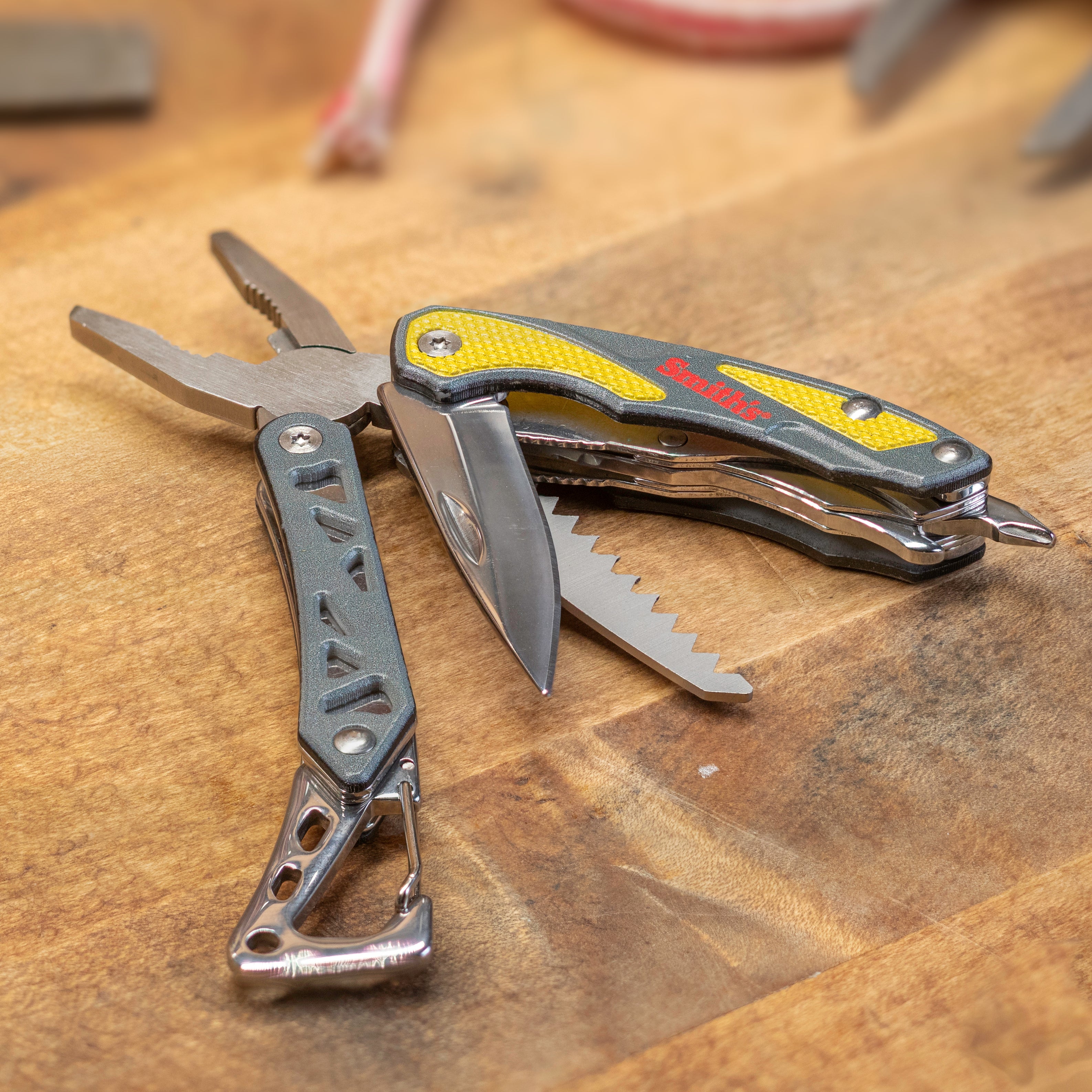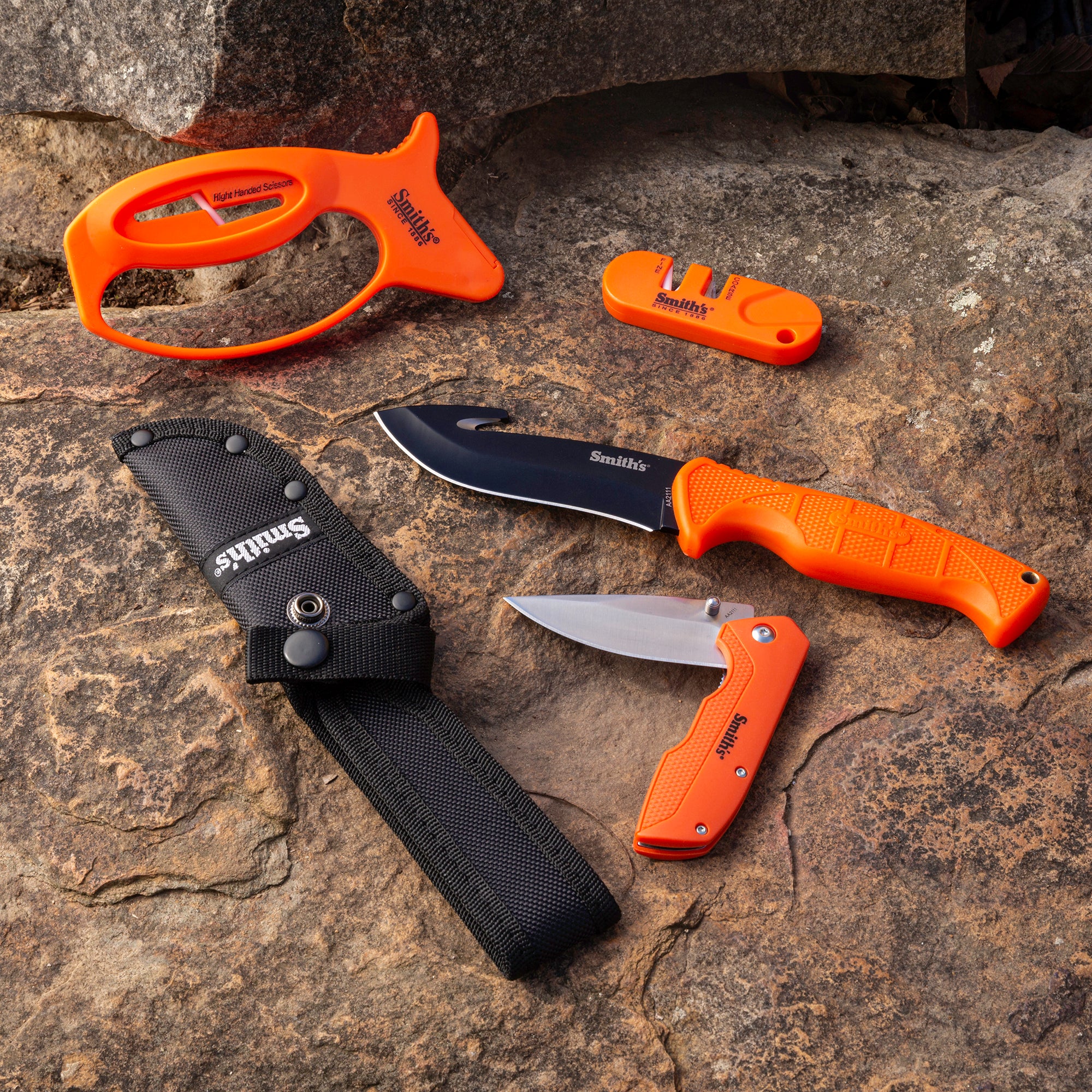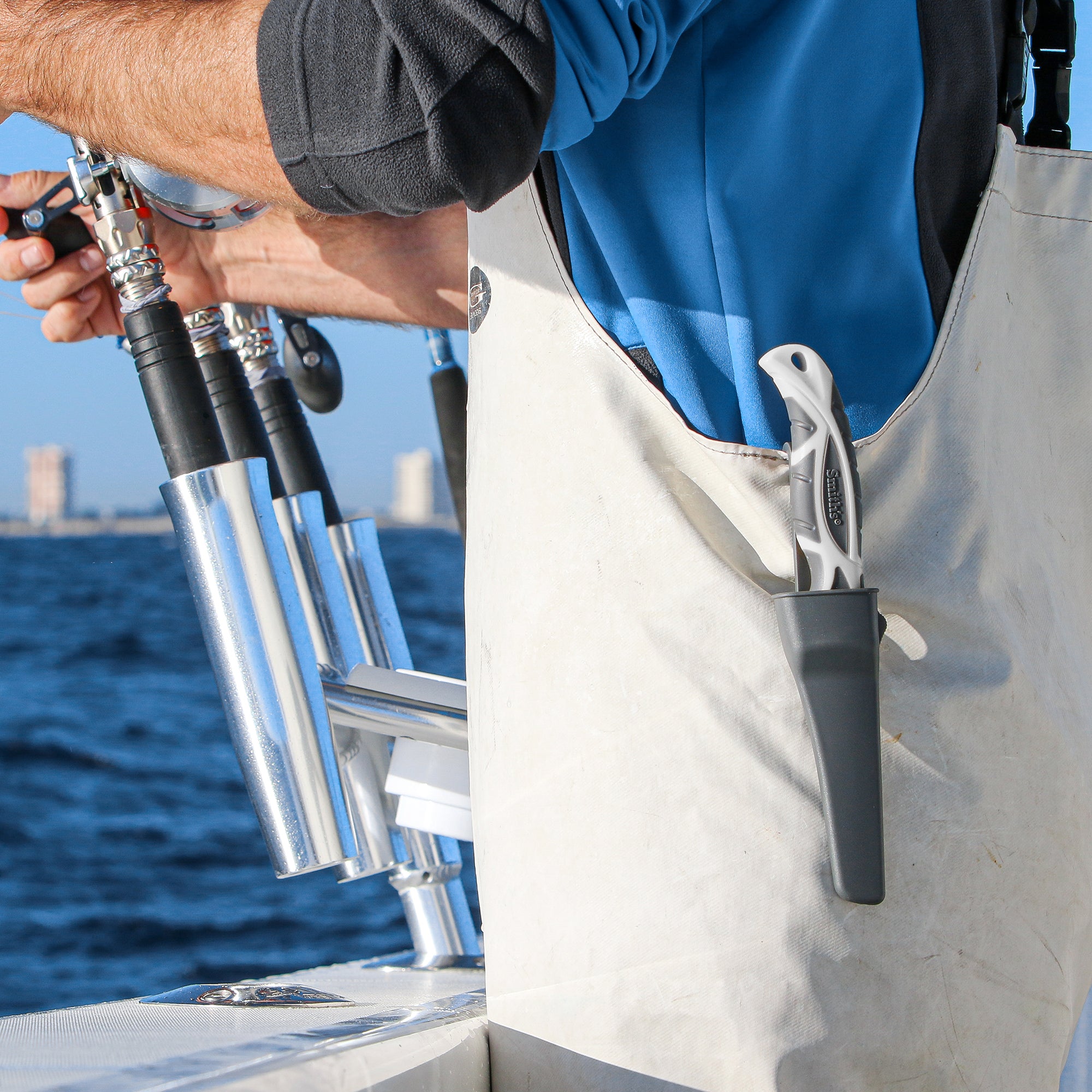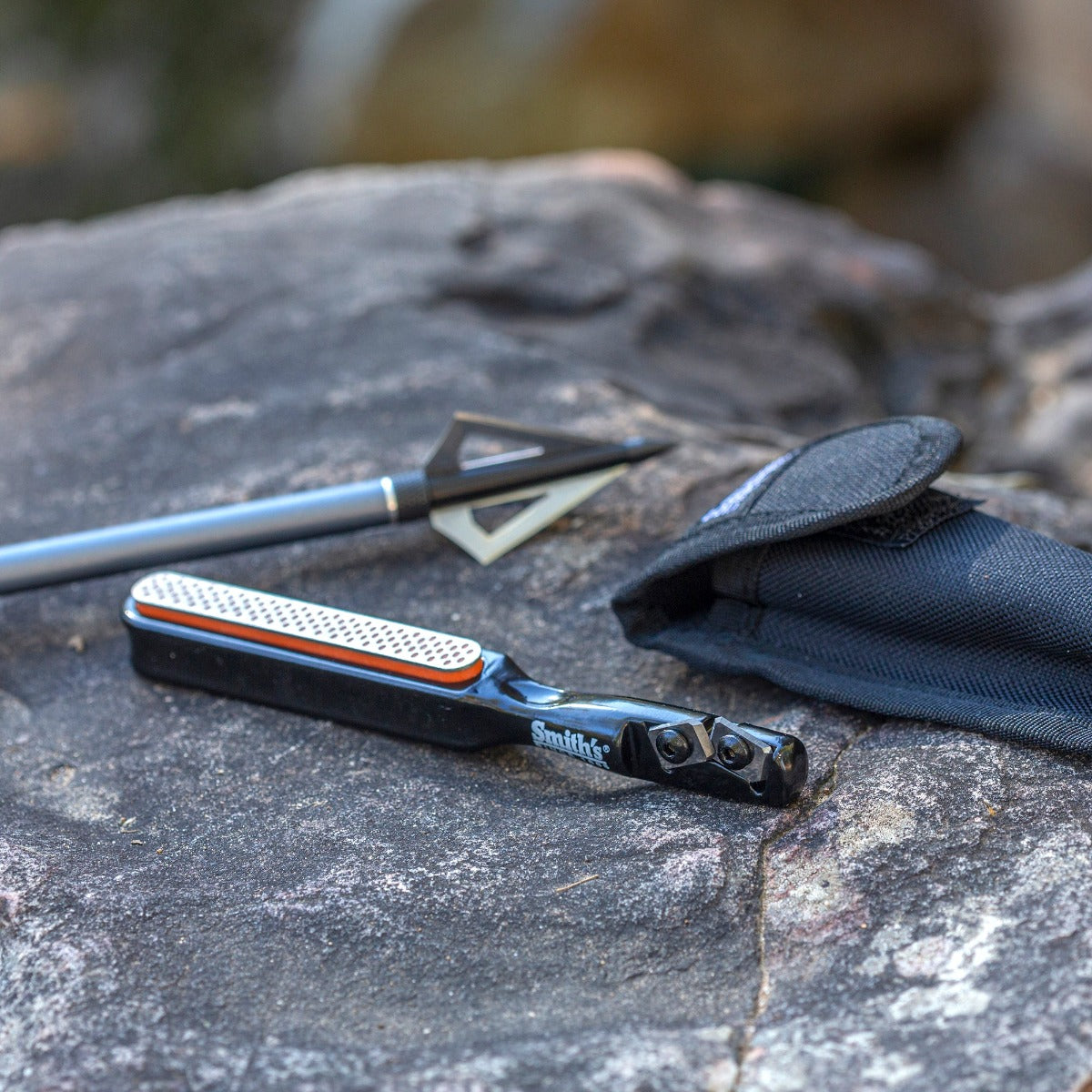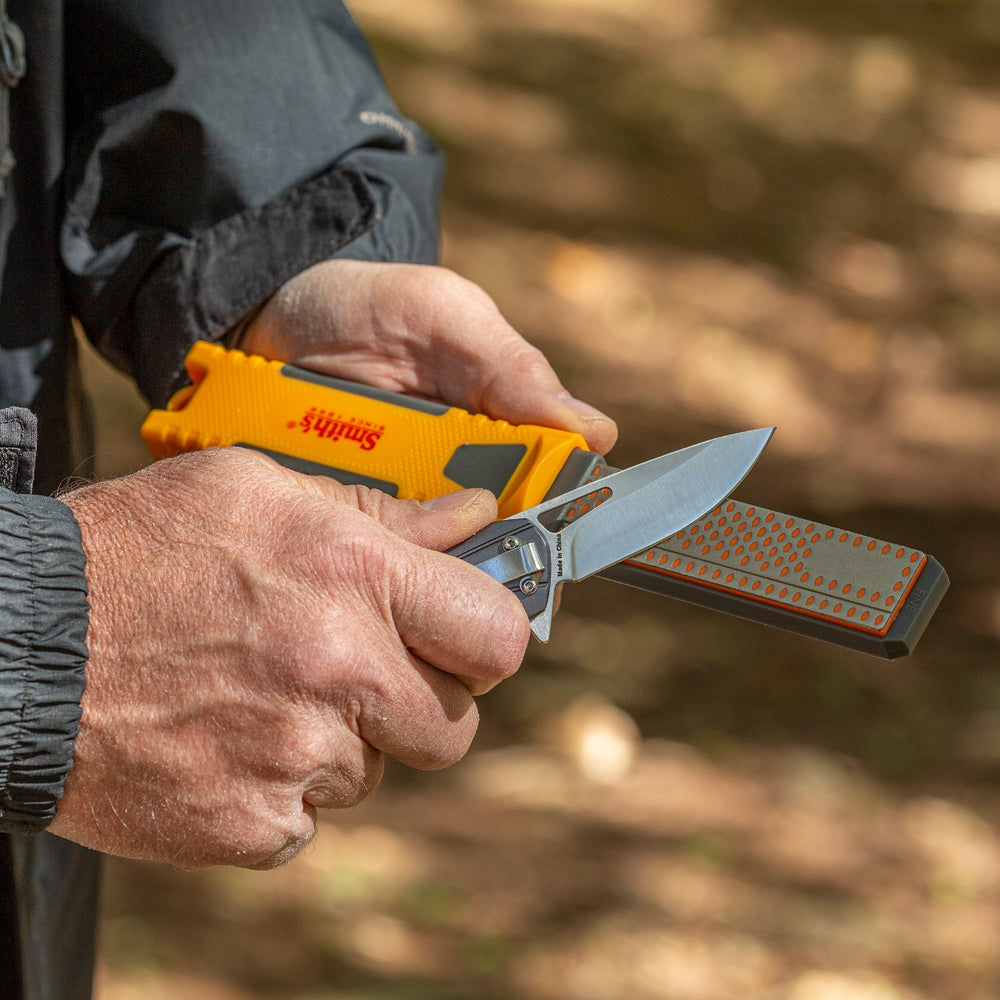STEELHEAD SNACKIN'
Still, it’s not quite time to pull the boat out for open-water season, but feeling the tug and fight of a giant steelhead at the end of your line is certain to raise your spirits and hold you over until open-water season. In the late winter and spring months, these gorgeous fish begin swimming from the ocean to the rivers where they were born. The females build redds, a sort of nest, in the gravelly bottoms of fast-running water to lay their eggs. Males come along and fertilize the eggs, and the young fish spend their first few years in the freshwater before beginning their pilgrimage to the ocean. Unlike salmon, steelhead don’t die after spawning and can make this journey multiple times. A steelhead that stays in the freshwater becomes a rainbow trout.

If you’re lucky enough to live near a river that these fish travel to, try your hand at fishing them from the bank. Many people run a bobber and jig set up to entice these fish into biting the hook. Although this is a fairly simple setup, it certainly doesn’t guarantee success. Steelhead fishing can be a grind– the fish are hard to hook and have a special knack for getting off the hook by going on reel-screaming runs and fighting hard. Imagine the gratification of netting one of these fish after a significant fight! If you happen to land one that’s legal to keep, take it home and make this amazing cracker topped with an herb-whipped cream cheese, pepper-jelly, and smoked steelhead recipe.

The First Critical Step
As soon as you catch your fish, verify it is legal. It is common for fish and game agencies to supplement native populations by releasing hatchery-raised fish, which is the only steelhead that you can keep in states such as Idaho. Different locations have their own regulations so be sure to pick up a regulation book for your area. After you’ve verified your fish is legal, you will need to bleed your fish. Cut the gills using Smith's Bait and Game Shears. These shears are corrosion-resistant and break down into two pieces for easy cleaning. Cutting the gills will drain the blood out of the meat, which is an important step in preparing the fish.
s
Fillet It
When you get your fish home, it's time to prepare it to eat. Using the Mr. Crappie 6inch Flex Folding Fillet Knife, fillet the fish until you’re left with two beautiful slabs of wild-caught steelhead. Wash and fold your knife and stow this ultra-light tool back in your tackle box, or hang it around your neck using the lanyard hole. Make quick work of this task by using a sharp knife. If your knife has filleted a lot of fish this year, running it through the Smith’s 2-Step Knife Sharpener is not a bad idea. Although having a sharp knife reduces your chances of getting injured in the filleting process, the fish are slippery, and it can be hard to keep a strong grip on the body. Using the Mr. Crappie Slab Slanger Cut-Resistant gloves will give you a better grip, and the material is cut-resistant in case you do slip. No fingers need to be lost during this task.

Smoking Process
Having tried many smoking methods, it’s hard to beat Hank Shaw’s guidelines on smoking fish. His recipe consists of soaking the fillets overnight in a brown sugar and salt brine before rinsing the fish and patting it dry. He emphasizes the importance of then placing the fish in a cool and breezy place for it to dry and form a pellicle. A pellicle is a shiny film that forms on the fish after a few hours and absorbs all of that good smokey flavor.

Assembling The Cracker
This is where it all comes together. While your fish is cooling on a drying rack, whip together cream cheese, your herbs, and your choice of seasonings (I used parsley and garlic), and a little cream until you reach your desired texture. If this feels like too much work and dishes aren’t your favorite thing to do, you can also find Philadelphia brand whipped cream cheese at the grocery store in a few different flavors and use that instead (we won’t tell!) Spread a bit of this mixture on a cracker, top with some pepper jelly, and finally flake away some steelhead and place it on the top. Put it on a platter and serve it up to your buddies to show you’re not only an elite angler, but can also make a dang good appetizer.



